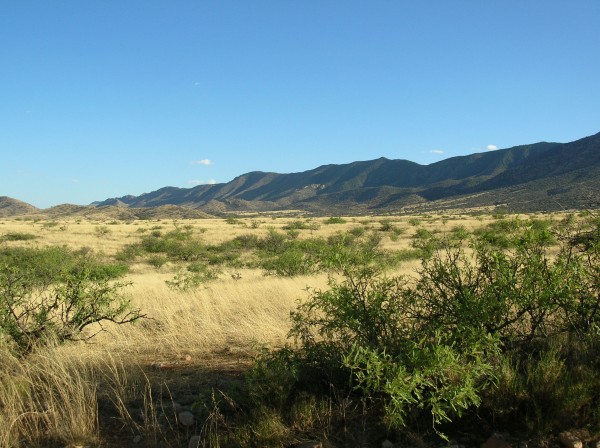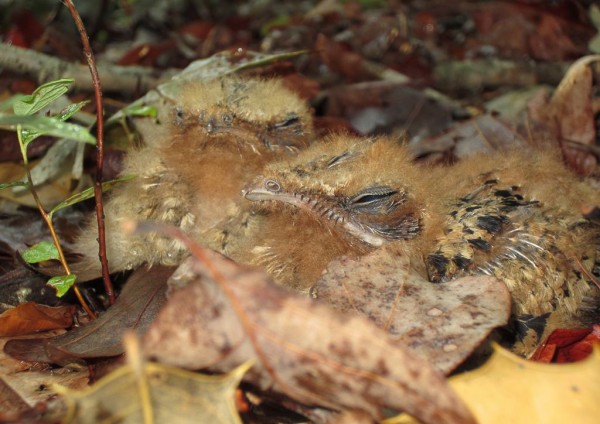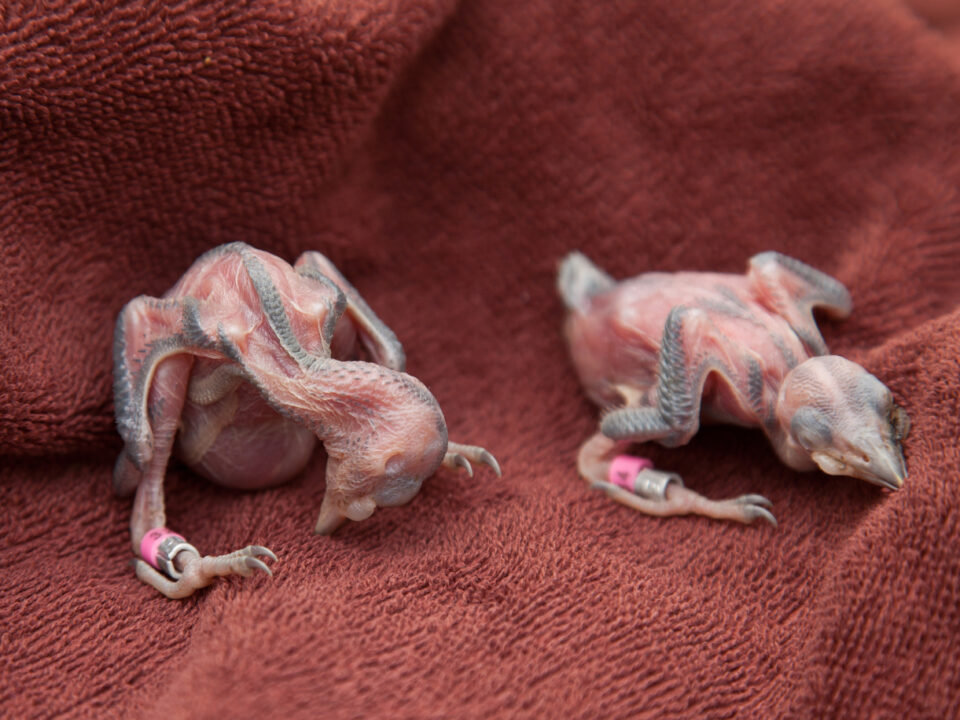Another Great Nightjar Survey Season Ends with a New Website
Camellia Near Pembroke Mall 3/24
March 26, 2013Camellia Near Dam Neck & London Bridge Rds 3/27
March 28, 2013
Volunteers of the Nightjar Survey Network produced another successful season in 2012 by surveying over 300 survey routes across 36 states. This was the 6th year of the survey program that is designed to collect information on the population distribution and trends of nightjars, such as whip-poor-wills and others. Data collected also provide clues to factors that influence their abundance: see The Nightjar Survey investigates the role of habitats on populations. We also released a new website www.nightjars.org. The new website provides an opportunity for volunteers and the general public to work more interactively with nightjar survey data, adopt routes online, view past survey years, and receive noteworthy Nightjar Survey news items.

Stop #7 along the Dragoon, Nightjar Survey Network survey route in Arizona. This route has been surveyed in multiple years by Janine McCabe and has an average count of 12 Common Poorwills and 3.5 Lesser Nighthawks. Photo by Janine McCabe.
The 2012 survey netted a count of 2,315 birds that included 832 Chuck-will’s-widows, 564 Eastern Whip-poor-wills, 407 Common Nighthawks, 258 Lesser Nighthawks, 248 Common Poorwills, 5 Mexican Whip-poor-wills, and 1 Common Paraque from Texas.
North Carolina participants came out with the greatest force among individual states for 2012 by completing surveys on 54 routes. Much of this effort was made possible with added coordination of Chris Kelly and Scott Anderson of the North Carolina Wildlife Resources Commission. Chris has coordinated volunteers in western North Carolina for a number of years and recently merged results from the NC Mountains onto the website database.

Chuck-will’s-widow nestlings approximately 10 days after hatching. The Nightjar Survey Network investigates population trends and distribution for species like the Chuck-will’s-widow, Eastern Whip-poor-will, Lesser Nighthawk, and others. Photo by Bart Paxton.
Volunteers in Arizona have also produced another fabulous season with the re-survey of 31 routes. In 2012, Arizona routes documented 247 Lesser Nighthawks, 51 Common Poorwills, 19 Common Nighthawks, and 5 Mexican Whip-poor-wills. Arizona volunteers have provided the most consistent year-to-year coverage of routes among all states since 2008. This has been made possible with the recruitment of volunteers by Carol Beardmore of the Sonoran Joint Venture and Edwin Juarez who is the Arizona Bird Conservation Coordinator at the AZ Game and Fish Department. Volunteers in Arizona have also helped us gain a better perspective on the reliability of survey protocols. Over the past few seasons, volunteers have been conducting surveys in a specific fashion to compare twilight hours and full dark periods. Results allow us to choose the most efficient method of survey to properly monitor a crepuscular species such as Lesser Nighthawk and a fully nocturnal species such as the Common Poorwill.
The 2013 survey season is approaching. Visit the new Nightjar Survey Network website and join in by adopting a survey route or refer the site to others who you think may be interested.
Written by Mike Wilson
March 26, 2013
Related posts
Adult female from Elkins Chimney territory. Both the female and male were lost from this site between 2024 and 2025 nesting seasons and were not replaced. This territory has been occupied since 1995. Five territories were vacated between 2024 and 2025 along the Delmarva Peninsula in VA. Photo by Bryan Watts



